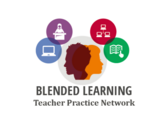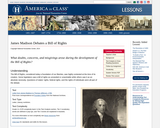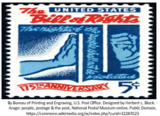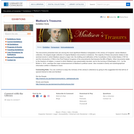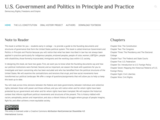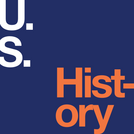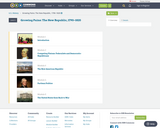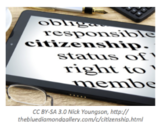In this lesson students will explore some of the doubts and misgivings that arose as the Continental Congress debated whether or not to add a bill of rights to the Constitution. They will investigate a letter James Madison wrote to Thomas Jefferson on October 17, 1788, in which Madison discusses the pros and cons of a bill of rights. It is part of a series of letters these men exchanged on the topic. Jefferson, who was in Paris at the time, strongly supported inserting a list of fundamental liberties into the Constitution, and he asked Madison to keep him abreast of the debate. In this letter Madison not only updates Jefferson on the bill’s progress but also explains his thoughts about a bill of rights and its role in the American Constitution.
We have excerpted three passages from Madison’s letter, each accompanied by a series of close reading analytical questions for students to answer. The first excerpt explains the context of the debate, including reasons why a bill of rights might not be necessary. The second explores Madison’s reasons for supporting a bill of rights, and the third discusses how he believed such a list of rights, if written, should be structured. We have provided a short summary at the beginning of each excerpt. Spellings are retained from the original document.
You will find two interactive exercises in this lesson. The first allows students to review vocabulary found throughout the text. The second, recommended for use after you have conducted the close reading, reviews the central points of the textual analysis. You may want to use its first slide to direct whole class discussion in which you ask students to support their answers with evidence from the text. The second slide provides the correct responses with textual support.
It is important to remember that here the term “majority” refers to large groups of powerful politicians and legislators, not to a mass of voters. Moreover, Madison did not conceive of “minorities” as we do today — groups like women, African-Americans, Latinos, or other social or ethnic groups. Rather, when he uses the word, and when we use it in this lesson, it simply refers to a political group whose numbers are less than the majority.
This lesson consists of two parts, both accessible below. The teacher’s guide includes a background note, the text analysis with responses to the close reading questions, access to the interactive exercises, and an optional follow-up assignment. The student’s version, an interactive worksheet that can be e-mailed, contains all of the above except the responses to the close reading questions and the follow-up assignment.

